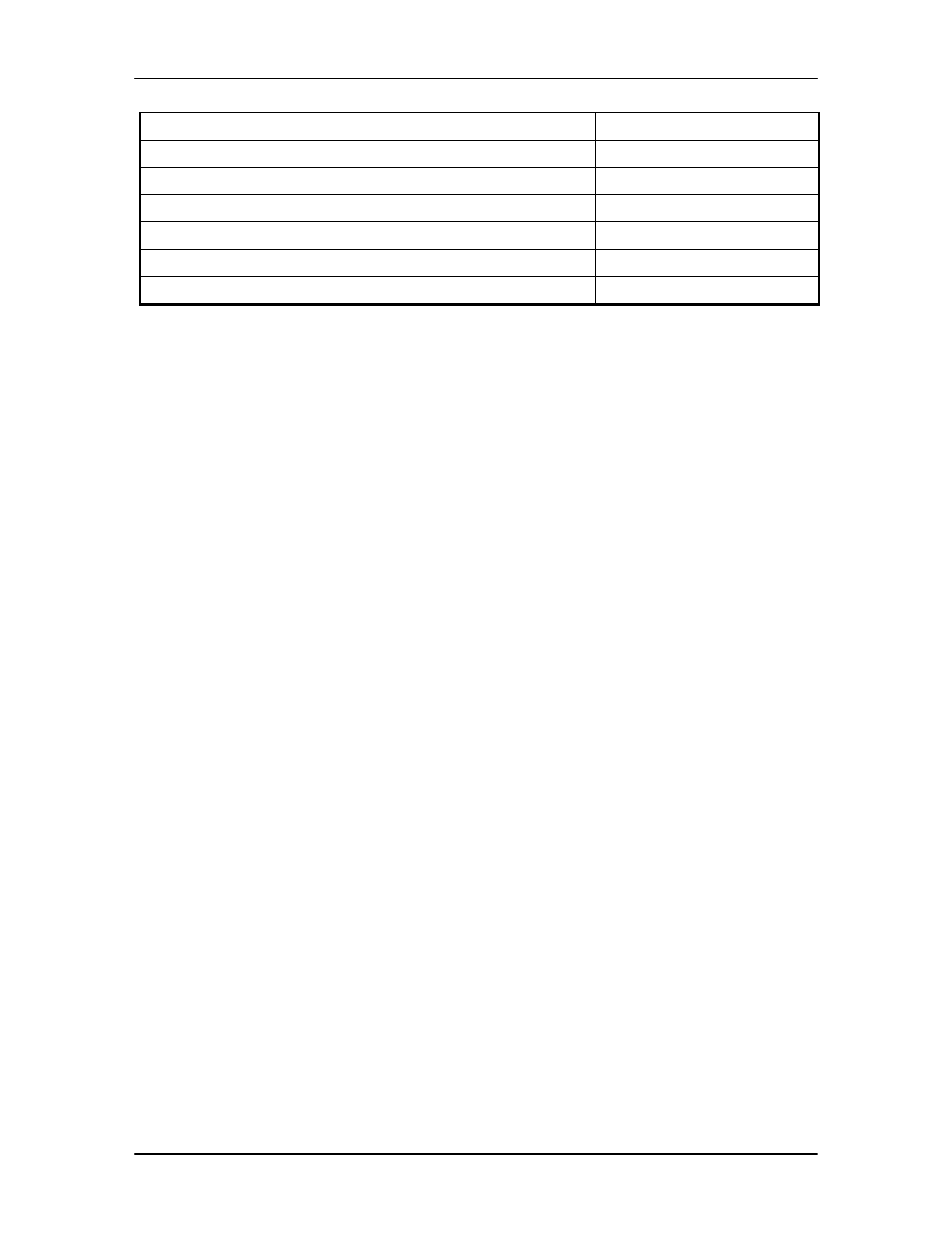6 software compatibility -37 – Comtech EF Data MM200 User Manual
Page 61

MM200 High-Speed Microwave Modem
User Interfaces
TM086 - Rev. 4.1
4-37
DMD - 4500/5000 Demodulator Section
09
RCU - 5000 M:N Switch
10
DMD15 Modulator
20
DMD15 Demodulator
21
DMD15 Modem
22
DVB3030 Video Modulator, DM240
23
Reserved for future equipment types
24 – 31
Note that multi - drop override ID 01 can be used interchangeably to broadcast a message to a
DMD - 3000/4000 modem, a DMD - 4500/5000, a DMD15 modem, or a DVB3030. Radyne Inc.
Corp. recommends that the multi - drop override IDs be issued only during system configuration
as a bus test tool by experienced programmers, and that they not be included in run - time
software. It is also advantageous to consider the use of multiple bus systems where warranted by
a moderate to large equipment complement.
Therefore, if a DMD15 Modulator is queried for its equipment type identifier, it will return a "20"
and DMD15 Demodulator will return a "21". A DMD15 Modem will also return an "22". A
DVB3030 Video Modulator will return a “23.”
4.5.6 Software Compatibility
The COMMSPEC, operating in conjunction within the RLLP shell, provides for full forward and
backward software compatibility independent of the software version in use. New features are
appended to the end of the DATA field without OPCODE changes. Older software simply
discards the data as extraneous information without functional impairment for backward
compatibility.
If new device-resident or M&C software receives a message related to an old software
version, new information and processes are not damaged or affected by the omission of data.
The implementation of forward and backward software compatibility often, but not always,
requires the addition of new Opcodes. Each new function requires a new Opcode assignment if
forward and backward compatibility cannot be attained by other means.
When Radyne Inc. equipment is queried for bulk information (Query Mod, Query Demod, etc.) it
responds by sending back two blocks of data; a Non-Volatile Section (parameters that can be
modified by the user) and a Volatile Section (status information). It also returns a count value that
indicates the size of the Non-Volatile Section. This count is used by M&C developers to index into
the start of the Volatile Section.
When new features are added to Radyne Inc. equipment, the control parameters are appended
to the end of the Non-Volatile Section, and status of the features, if any, are added at the end of
the Volatile Section. If a remote M&C queries two pieces of Radyne Inc. equipment with different
revision software, they may respond with two different sized packets. The remote M&C MUST
make use of the non-volatile count value to index to the start of the Volatile Section.
If the remote M&C is not aware of the newly added features to the Radyne Inc. product, it should
disregard the parameters at the end of the Non-Volatile Section and index to the start of the
Volatile Section.
If packets are handled in this fashion, there will also be backward-compatibility between Radyne
Inc. equipment and M&C systems. Remote M&C systems need not be modified every time a
feature is added unless the user needs access to that feature.
